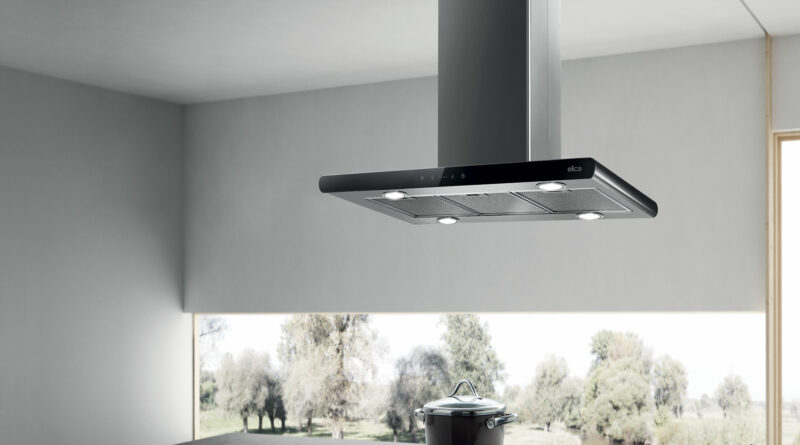FOCUS ON CONDENSATION
GENERAL:
«The effect of condensation is a physical phenomenon that occurs when hot steam comes into contact with cold surfaces. To reduce the condensation effect, it is recommended to use lids as much as possible and to switch on the product for at least 15-20 minutes after cooking to dry the internal parts of the hood, such as filters and duct system, and to turn it on 5 minutes before starting cooking. We suggest checking that the installation distance between the hood and the cooktop has been respected. If not, please contact the kitchenstudio/installer/retailer to have it installed correctly (if the intervention is needed, it may be out of warranty)«.
WHY USING AN INDUCTION HOB THE EFFECT IS GREATER THEN A GAS HOB?
The effect becomes more evident when using an induction hob, beacause, thanks to its better heat transfer efficiency to the pots, does not heat up the surfaces of the range hood.
THE PRODUCT VERSION (FILTERING OR DUCT OUT) AFFECTS THE EFFECT OF CONDENSATION?
In the filtering version this phenomenon is more pronounced than in the suction version as more moisture-laden air is reintroduced into the kitchen environment and therefore more prone to develop condensation.
THE TEMPERATURE IN THE HOME AFFECTS CONDENSATION?
The temperature of the kitchen environment significantly influences the formation of condensation:
- low temperatures (17-18°C) greatly favor the formation of condensation.
- temperatures above 22-23°C reduce the formation of condensation..
DOES INCREASING SUCTION POWER REDUCE CONDENSATION?
- The phenomenon of condensation formation (and its subsequent dripping) can be divided into two subcategories:
- Condensation on the exposed surfaces of the product (panels, hoods, crossbars, light fixtures, etc.) → improves as airflow and capture increase → the air comes into less contact with the exposed surfaces.
- Condensation on the filters of the product itself → worsens as airflow increases → more humid air passes through the filters, thus promoting the formation of condensation on this part of the product.
SERVICE SIDE: We do not consider condensation a defect of the product. An intervention would need to be carried out out of warranty, as it is not related to the product itself.
